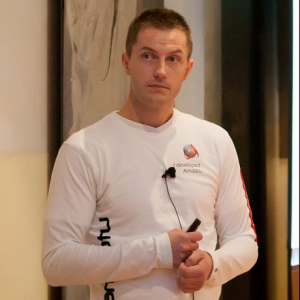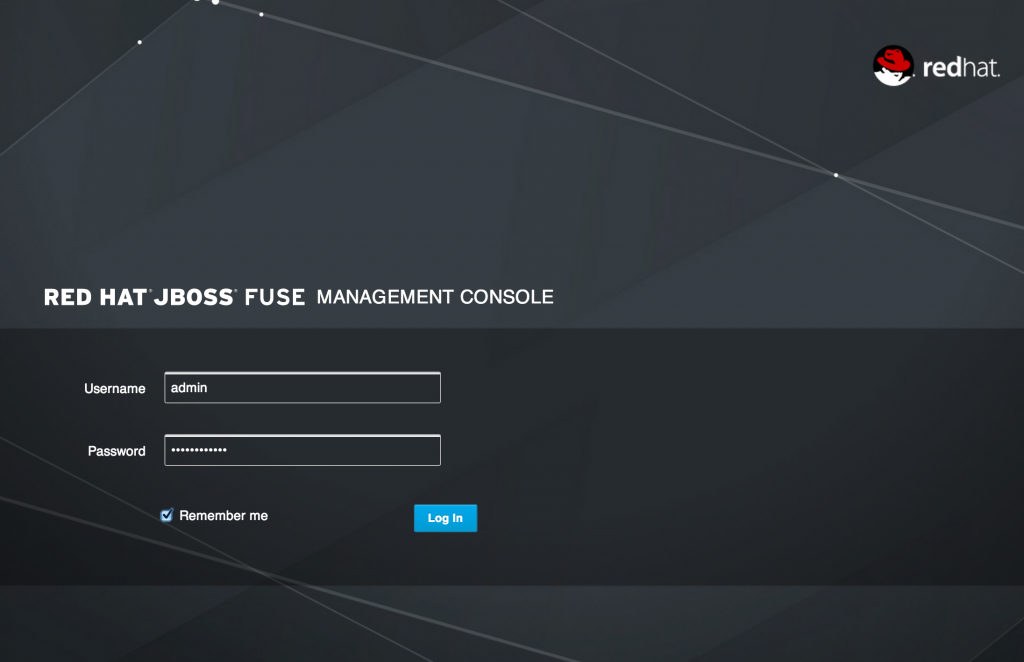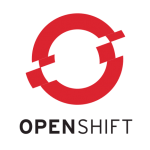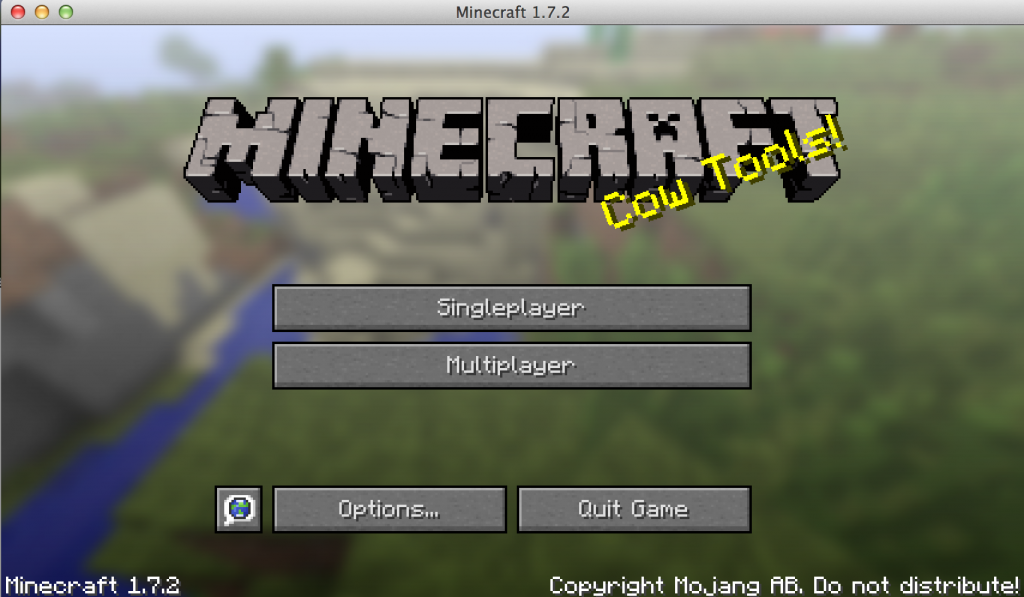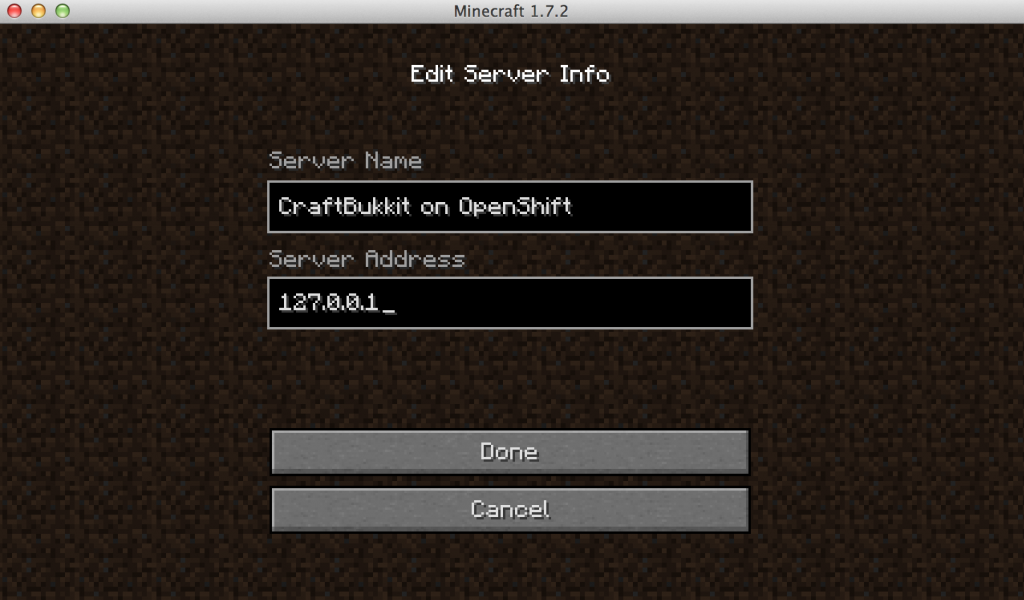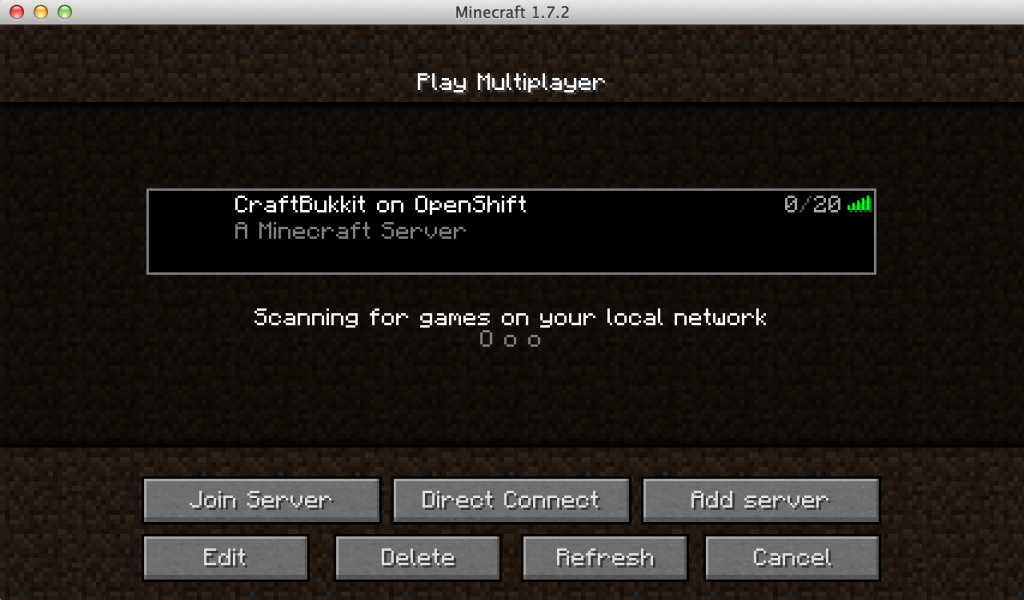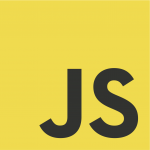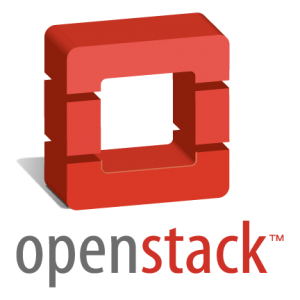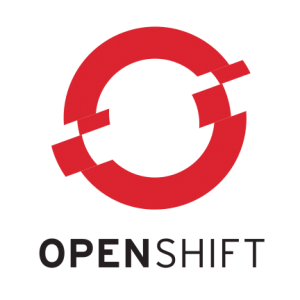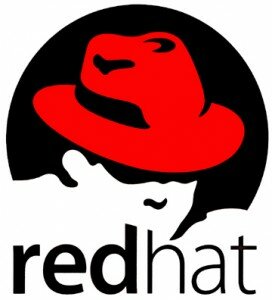Paul Bakker (@pbakker), Software Engineer at Luminis Technologies will be speaking at DevNation.
Here is what he had to say about his session …
What sessions are you giving at DevNation ?
OSGi by Example (Room 220)
Tuesday 4/15 @ 4:50pm
Modularity is becoming more relevant each day. It’s key to maintainable code, and it’s the ultimate agile tool. OSGi is the only mature modularity solution available. In this talk you’ll see OSGi development in action.
OSGi is known for being complex and hard to use. This is far from true with today’s tools and frameworks. In this session you’ll see an OSGi application being built from scratch and learn about package imports and exports, dynamic services, dependency injection, and integration with JAX-RS and MongoDB. It’s a session for both new and experienced OSGi developers.
What are three takeaways from your session ?
-
Modularity is key to maintainable code. A modular code base is easier to maintain and adapt to new situations. This makes modularity the ultimate agile tool.
-
Modularity doesn’t have to be difficult, all the tools are here!
-
Modularity is all about Micro Services, it’s not just fancy class loading.
What do you find most exciting about DevNation ?
I’m excited about speaking at DevNation because It’s a brand new conference with a very impressive speaker line up. Topics are diverse and cover subjects that go beyond the usual. I’m expecting this will be a conference where there’s not just a lot to learn, but also a conference that will inspire new ideas.
What sessions are you looking forward to attend ?
How Facebook does open source at scale: At Luminis Technologies we are actively participating in several open source projects (e.g. Amdatu, Apache Felix, Apache ACE, Bndtools…) and it’s a significant part of the work we do. We strongly believe that working in a larger community has many benefits, but of course it also comes with challenges. I’m very interested to see how a huge company like Facebook manages to do this at a large scale.
Continuous delivery through continuous questioning – Joel Tosi (Room 212): Continuous delivery is something I’m pushing for at my own team. There are many advantages to gain, but it’s far from trivial to get to a point where this is actually possible. Not so much on the technical side, but more so on how to actually communicate this with users and make sure that you’re actually improving their experience. I’m interested to see how other team are dealing with this, and I’m certainly hoping for some discussion during or after this session.
Besides these specific talks I’m hoping to see more from Docker (there are several sessions on this), which seems to be an interesting way to deal with deployments.
Finally I’m looking forward to see Lincoln Baxter showing Forge 2. I used to be an active contributor to the project in the past, and I’m excited to see what has happened in the past year.
Do you want to learn more about OSGi from a real practitioner ?
Register for DevNation today! Early bird ends on Mar 14.
